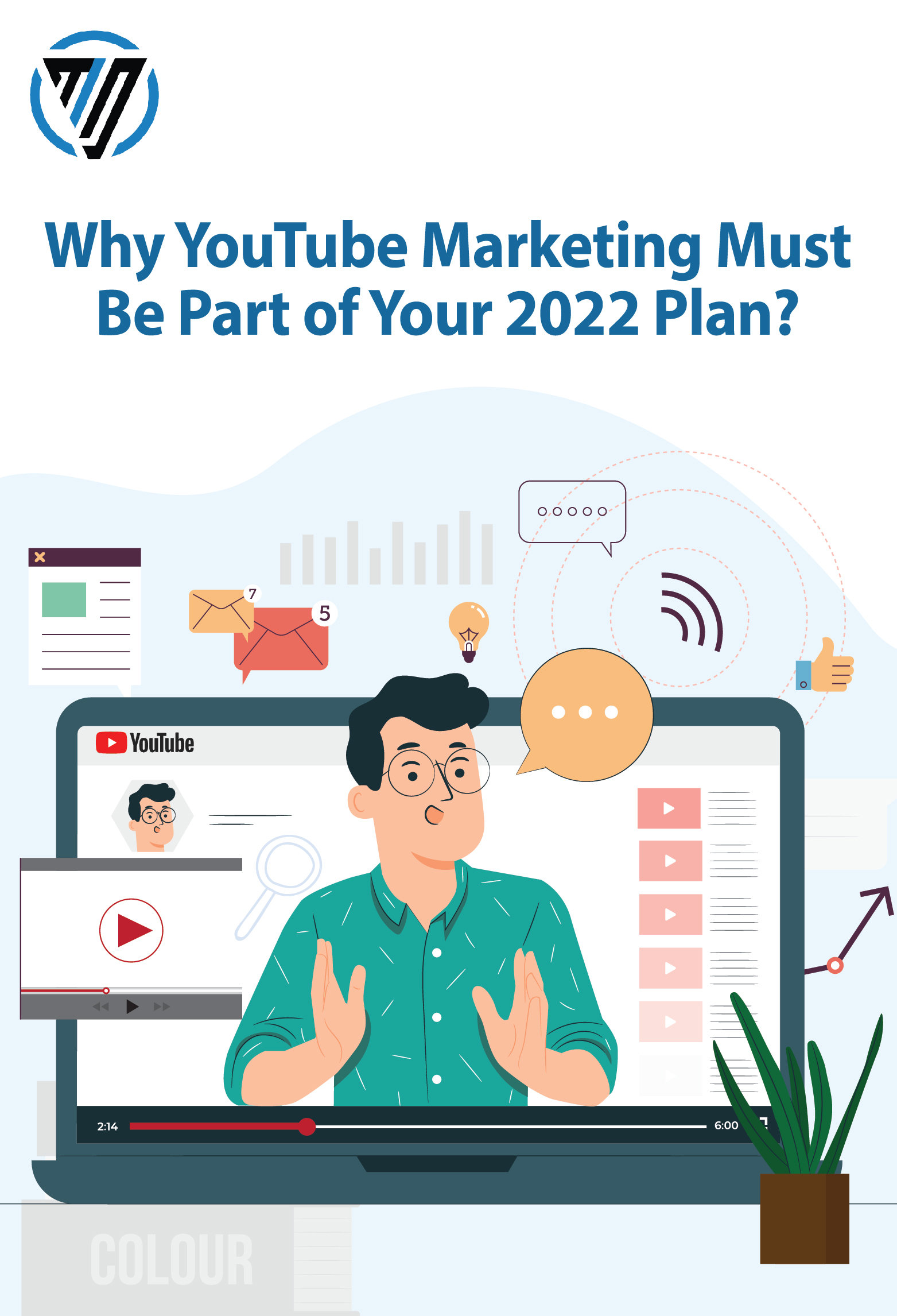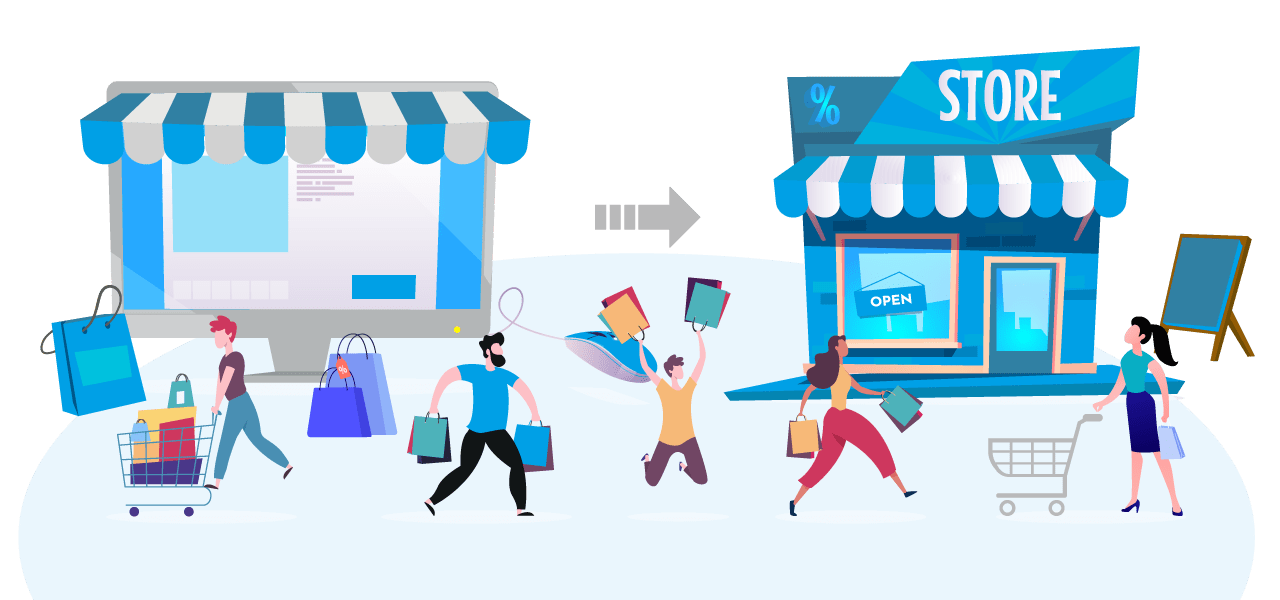
Ecommerce is at an all-time high with an ever-increasing number of buyers and brands moving online every day. But recently many ecommerce stores are seen in new roles; there’s an ongoing trend where online shops are collaborating with the brick-and-mortar stores to deliver Online to Offline (O2O) shopping experience to all the customers.
O2O caught the attention and became a hot topic last year when Amazon bought Whole Foods Market for the gigantic amount of $13.7 billion. And the reason for a major action? Amazon saw undiscovered potential to generate profits from traditional commerce channel. Because although people prefer buying books, apparel, and electronic items online, a big percentage of all the retail sales are still predicted to happen through physical stores till the end of 2021.
O2O promotes the concept that online platforms can be effectively utilized to increase physical store sales. Let’s take a closer look at the O2O business model and what benefits it offers.
What Is O2O
O2O is a business strategy that draws online customers to physical stores. The model incorporates techniques applied in online marketing to generate profits for physical stores, improves customer experience and there’s more to it. In addition, it is modeled to provide a seamless user experience at all the stages, which includes before, during, and after the purchase. Lately, many business giants have shifted their focus to O2O commerce, in which both channels online and offline share the same significance.
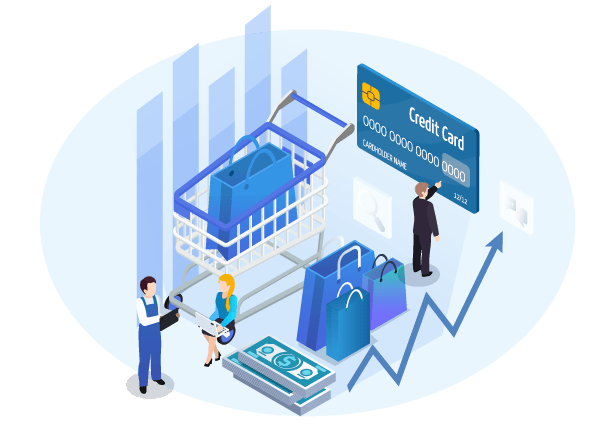
Benefits of O2O Business
O2O is incredibly bridging gaps between online and offline channels of businesses and making it easier to target customers directly. Recent case studies show that it has enhanced the customer experience and simplified business operations in an effective way. (some of them are mentioned in the next section of this blog). There’s a lot that O2O offers to businesses.
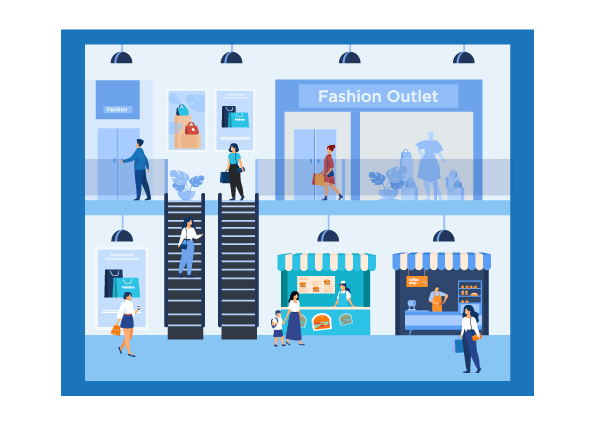
- It attracts buyers from online channels — website, socials, marketplaces — to make their purchases in the physical stores.
- It allows customers to pick-up items from the stores that are purchased online, and facilitate them to return products as well.
- Customers can place their orders online while being in the store.
- In-store information, location, order placement, and scheduled pick-up can be done by the custom mobile app of your business.
- It allows users to move between online and offline channels with ease and convenience.
How Companies Are Incorporating The O2O Model
Surely O2O commerce the next big in the world of commerce. Companies having both online and offline presence align the strategies for both components, and treat two different channels as complements rather than the competitors. Here are some case studies on how eminent companies are shifting to it.
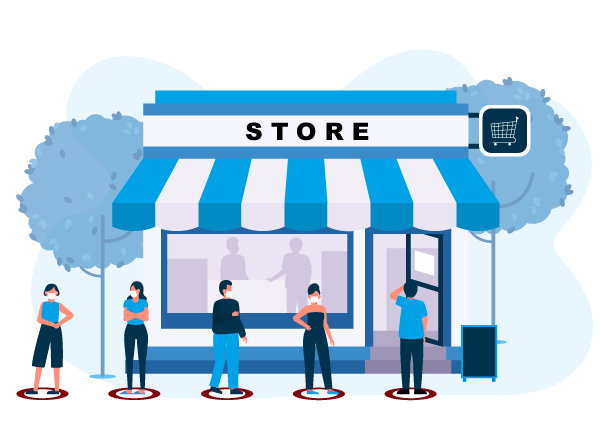
Simplifying In-Store Shopping Experience
When it comes to digital innovation in the ever-evolving world of commerce, IKEA stands at the forefront. Integrating their physical and digital platforms, they fixate upon their customers’ needs in every aspect. Through the app of a virtual trip planner, IKEA allows customers to quickly find the exact location of the items they’re looking for, check if it’s available, and go in and out of the store quite efficiently. The whole experience allows customers to simplify their trip and saves them from the hassle. IKEA is definitely at the top in implementing the technology to drive the wholesome, real shopping experience. In addition to IKEA, many other companies are utilizing a dedicated mobile app and AR to provide an improved shopping experience to their customers.
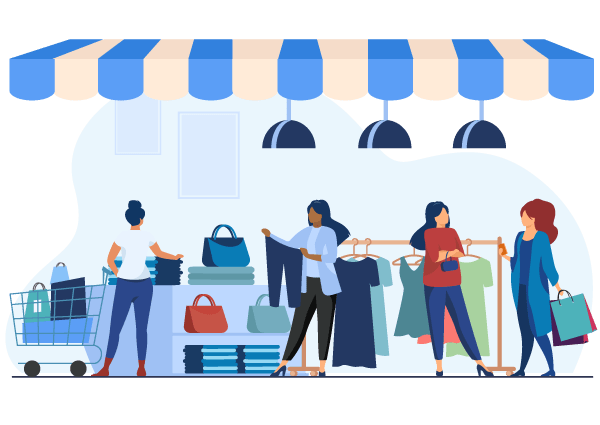
Booking Services & Products Online
Top luxury cosmetics Estee Lauder is allowing customers to book multiple services from their official website. It includes booking makeup-looks, makeup lessons, consultations, and more. This is quite an innovation and serves as a major element to provide great shoppers data to improve ad targeting. Since the brand incorporated the O2O model in their business strategy, they observed an increased number of store visits every day and generated more profit.
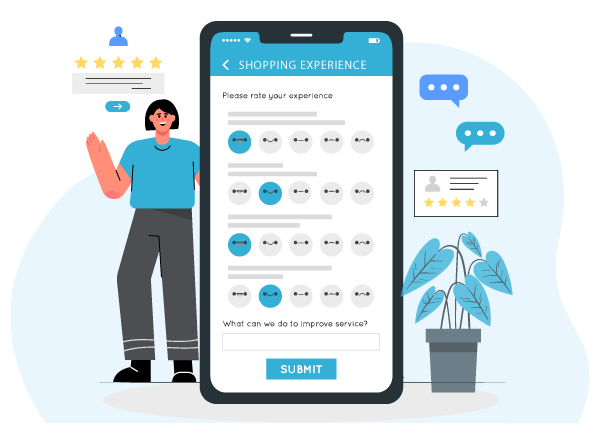
Other O2O examples
Starbuck’s introduced Mobile Order and Pay that allows customers to order and pay from mobile while being at the store.
Popular eCommerce retailer Bonobos launched the Guide Shop and doubled its annual profit.
Glossier uses its Instagram page to direct all the clients to the physical stores by offering special discounts.
How You Can Implement The O2O Business Model
Combining online and offline commerce delivers an improved shopping experience, keeps your customers satisfied, and increases profits. Here’s how you can start with it:
- Create a plan that integrates both the online and offline platforms of your business.
- Create a buzz about your brick-and-mortar stores through promotions on all online channels.
- Offer a discount on the in-store purchase and advertise it in your online stores.
- Launch a range of your products that is available only in physical stores.
- Upgrade the whole look of your showroom or retail space; it should provide a comfortable and elegant ambiance to all the visitors. It must look picture-ready, making customers to click pictures and share stories on their socials.
- The whole customer experience should be high class.
- A Pick-up spot should be placed at the end of the store so all your customers have to walk past merchandise and the retail space.
- And many other strategies can be implemented to make the most out of the O2O model.
The next step in eCommerce development is the O2O model and many companies along with Ecommerce giants have already moved to it. It goes without saying that strengthening your O2O strategy will be beneficial for your business in the long term.
We bring you the needed insight and updates to grow your e-commerce business. Stay up to date on all things with eCommerceMD

